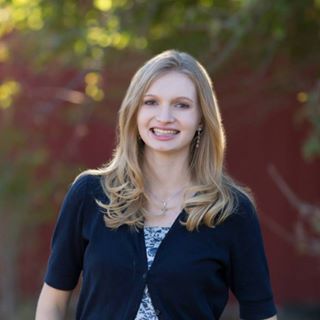Below is a summary of the abstract you submitted. Presenting author(s) is shown in bold.
If any changes need to be made, you can modify the abstract or change the authors.
You can also download a .docx version of this abstract.
If there are any problems, please email Dan at dar78@pitt.edu and he'll take care of them!
This abstract was last modified on May 9, 2016 at 5:59 p.m..

Over the last three years, students at Baylor University in Waco, TX, have contributed to the isolation and purification of arthrobacteriophages and their DNA through the HHMI SEA-PHAGES program. These arthrobacteriophages infect a common soil bacterium, Arthrobacter sp. ATCC 21022. Baylor University SEA-PHAGE students have annotated DNA sequences from 17 arthrobacteriophages. However, these phages are only distributed over three clusters (AN, AQ, AO) and many are identical or very similar to one another. Due to this finding, we wondered whether these trends may be due to a low natural arthrobacteriophage diversity, lab contamination, and/or selection for certain phage types by the variables within lab protocols. With this question in mind, we first compared the overall cluster diversity at the four schools that produced the most arthrobacteriophages- Baylor University, Bucknell University, Cabrini College, and University of Pittsburgh. Our research reveals that most sequenced arthrobacteriophages are in the AN and AK clusters, although there are 11 designated clusters. Furthermore, Baylor University and Cabrini College seem to have considerably less cluster diversity than University of Pittsburgh and Bucknell University. Second, we have investigated possible sources of selection bias in the wet lab by experimenting with different temperatures, media, and soil enrichment procedures. These experiments revealed that the growth rate of Arthrobacter sp. and arthrobacteriophage lysis are highest at room temperature. In addition, the use of a peptone yeast media compared to LB, as well as a filtered wash step prior to enrichment, may lead to more success in isolating diverse phages. Lastly, a variety of bioinformatics programs were used to investigate the variability within the similar AN and AQ phages isolated at Baylor University. While considering these clusters, certain areas in the DNA were found to have substantial amounts of variable and shifted regions, suggesting that although the phage genomes were highly similar, some phages still have unique regions. Overall, it appears that variations in wet lab protocols may contribute to biases in isolation of arthrobacteriophages and that more research needs to be done into the source of the observed biases. In the future, new standard protocols need to be developed and tested to improve the ability to isolate unique arthrobacteriophages from the soil.


